
Carpet Cleaning Services
Carpet cleaning service is a professional process of deep-cleaning carpets in homes, offices, or commercial spaces. It involves using specialized equipment, cleaning agents, and techniques (such as steam cleaning, hot water extraction, dry-cleaning) to remove dirt, stains, allergens, odor, and restore carpet’s appearance.
Key Benefits of Carpet Cleaning
- Removes embedded dirt, dust mites, pet dander, bacteria, and allergens that regular vacuuming can’t reach.
- Eliminates unpleasant odors trapped in fibers (from spills, pets, humidity etc.), leaving carpets smelling fresh.
- Helps extend the life of the carpet by preventing gradual wear & tear caused by abrasive particles like sand or dirt.
- Improves health & indoor air quality, especially beneficial for allergy sufferers, children, or pets.
- Enhances appearance: restores color, texture, and overall look of carpeted spaces. Makes rooms look clean, well-maintained.
- Prevents mold, mildew, and bacterial growth, especially in humid climates or when carpets are wet and not dried properly.
- Saves time, effort and possible long-term expense (by delaying or avoiding replacement of carpet).
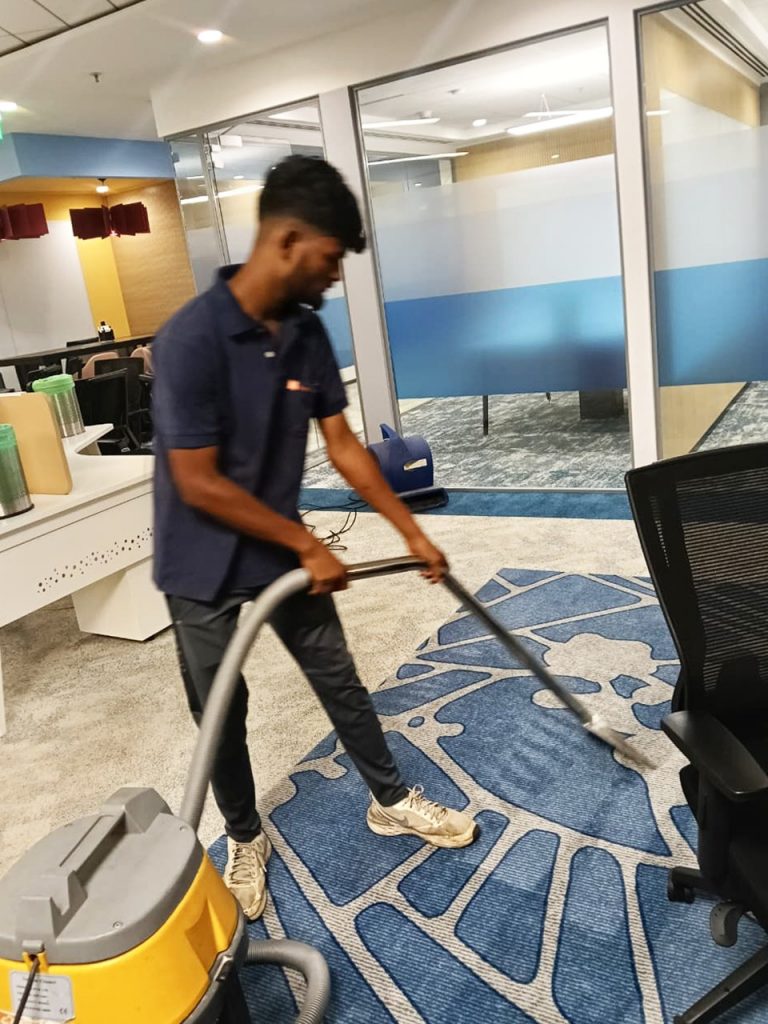
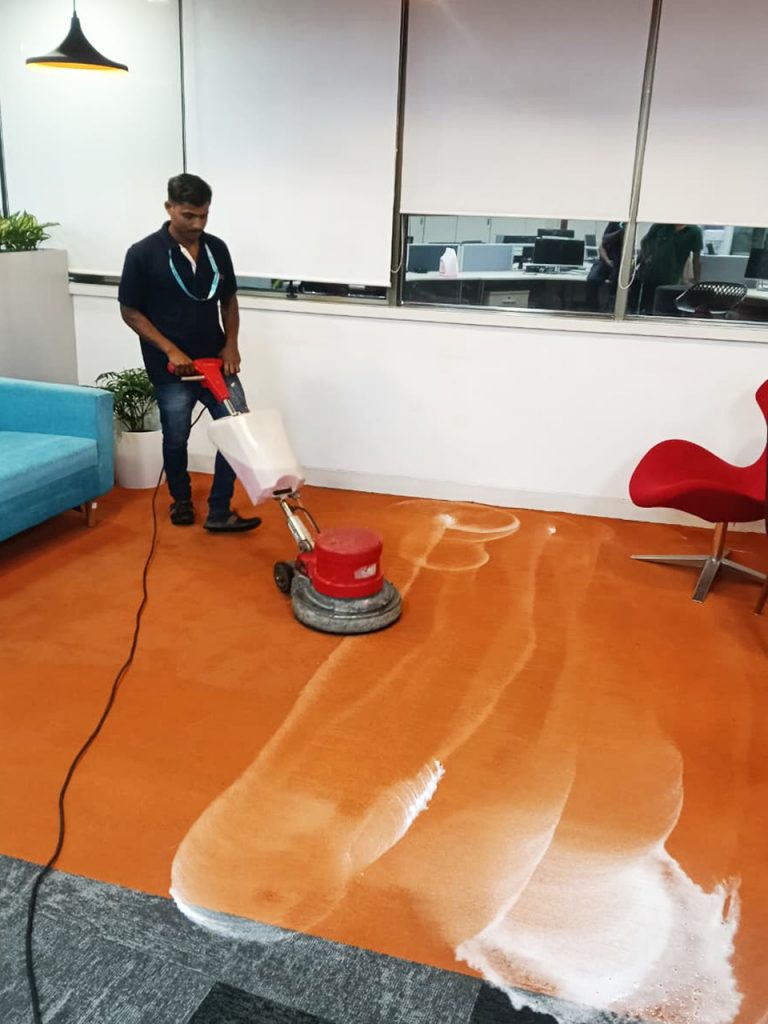
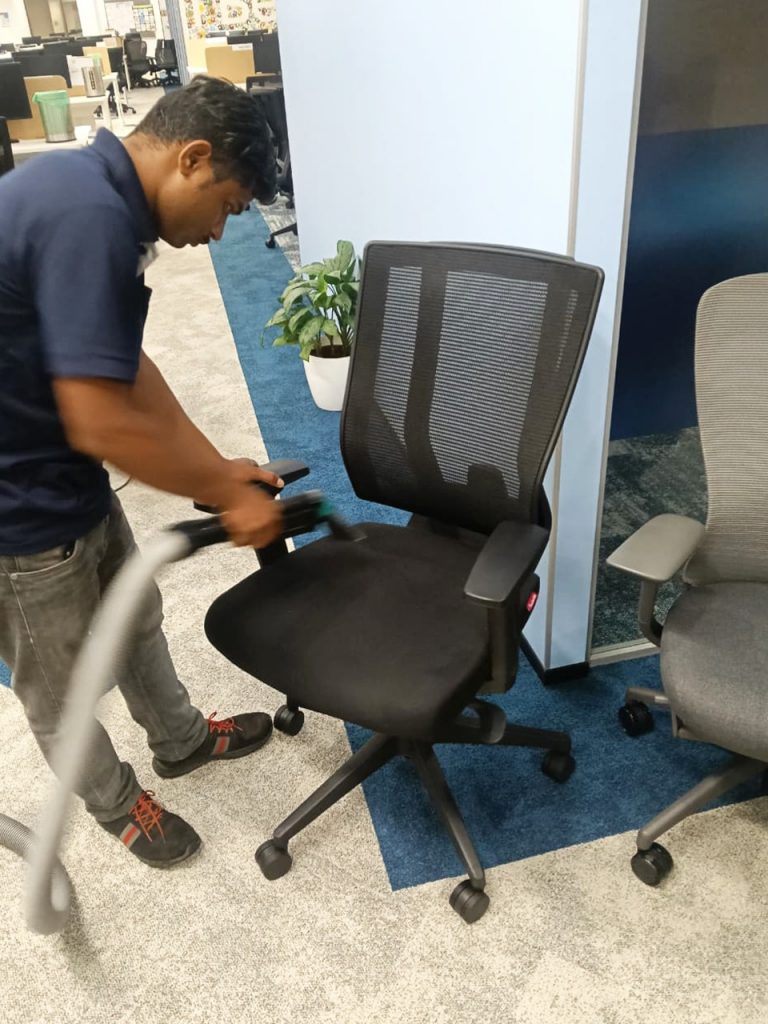
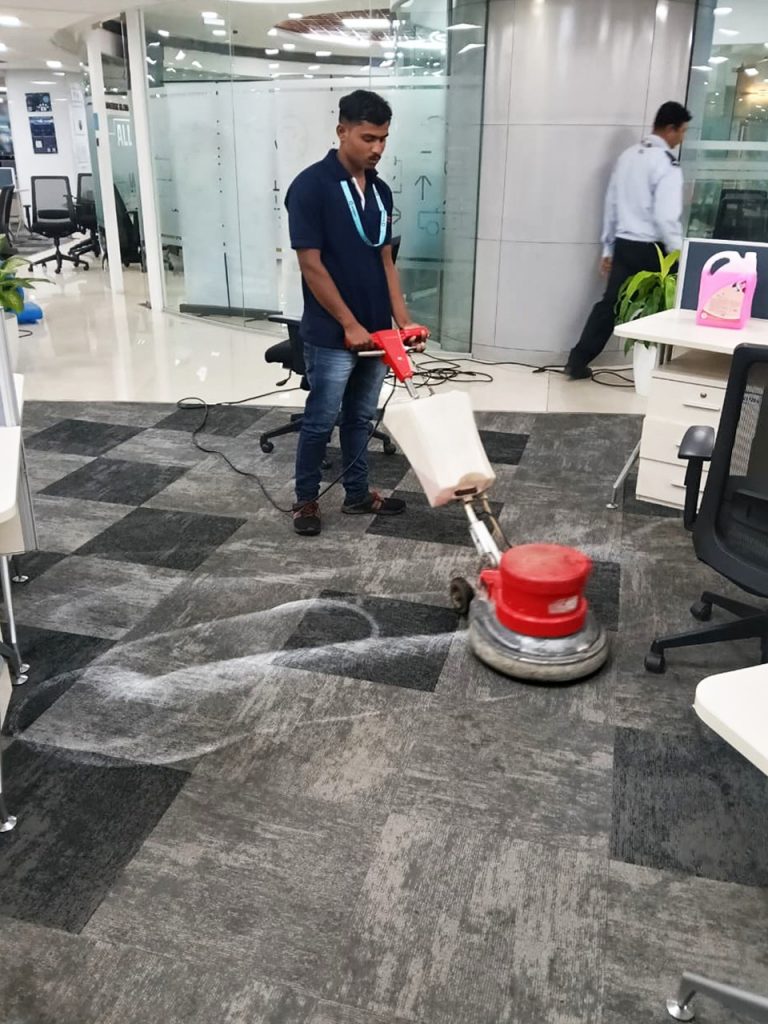
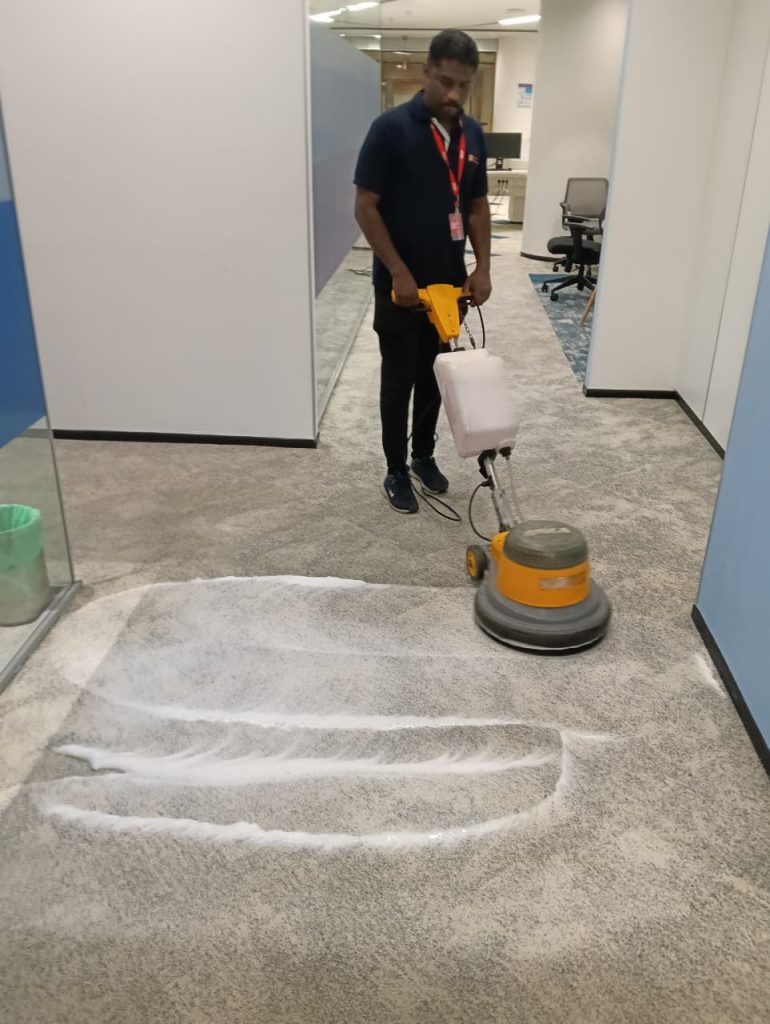
A carpet shampooing service is a professional cleaning process for carpets that goes beyond regular vacuuming. It helps remove embedded dirt, stains, odors, allergens, etc., and refreshes the carpet’s appearance.
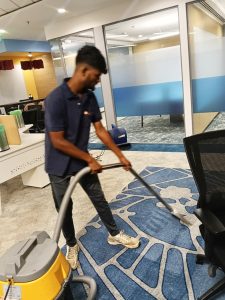
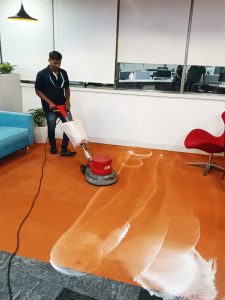
Process / Steps Involved
- Pre-inspection – checking carpet for stains, high traffic/dirt zones, fiber type.
- Vacuuming – dry vacuum to remove loose debris so shampoo can work more effectively.
- Pre-treatment (if needed) – applying stain removers or special agents on stubborn stains.
- Shampooing / Scrubbing – applying shampoo, using brush or machine to agitate the fibers.
- Extracting / Wet Vacuuming – removing the shampoo + water + dirt using suction to reduce residue.
- Drying – allowing sufficient drying time (ventilation, fans) to avoid moisture retention.
Benefits
- More thorough cleaning than just vacuuming or surface cleaning. Gets dirt deep inside the carpet pile.
- Removes stains, odors, and allergens.
- Helps maintain the look, feel, and lifespan of the carpet.
“Chair Shampooing” is essentially a type of deep cleaning / upholstery cleaning service for chairs — fabric-, leather-, mesh, etc. It uses a shampoo (cleaning chemical) + machines or brushes to clean the chair surfaces thoroughly.
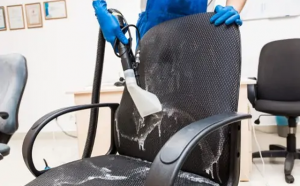
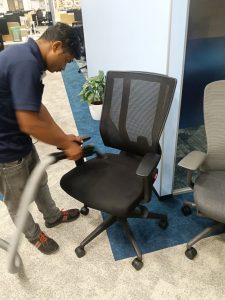
What is Chair Shampooing
- It’s cleaning of chairs beyond basic wiping or vacuuming. The goal is to remove embedded dirt, stains, oils, odours, allergens from the upholstery.
- “Shampooing” here refers to using a foam or liquid cleaner (“shampoo”) that is applied to the fabric/cover of the chair, agitated (scrubbed) to loosen grime, then extracted / removed.
Typical Process / Steps
Here are the usual steps involved in a chair shampooing service:
Step | What Happens |
Inspection / Pre-check | The cleaner checks what type of material the chair is (fabric, leather, mesh, etc.), identifies stains, checks color fastness (test if colour bleeds), any damage. |
Dry Vacuuming | Remove loose dust, crumbs, debris so shampoo can work better and dirt isn’t driven deeper. |
Spot Treatment | For visible stains, spills, etc., sometimes a special stain remover or pre-treatment is applied. |
Shampoo / Foam Application & Scrubbing | Applying cleaning foam/shampoo; brushing or mechanical agitation to loosen soil in the fabric. |
Wet-vacuum / Extraction | Removing the shampoo solution + dirt + moisture using wet vacuuming or extraction equipment, so that residue doesn’t remain. |
Drying | Allowing the chair to dry fully. Might use fans, open air, dehumidifiers. It can take several hours (often 3-6 hours depending on material, weather, ventilation). |
“Marble polishing” refers to a professional treatment done on marble surfaces—floors, countertops, stairs, etc.—to restore their shine, smoothness, look, and durability. It’s more than just cleaning; it involves mechanical / chemical processes to remove dullness, scratches, etch-marks and bring back a glossy finish.
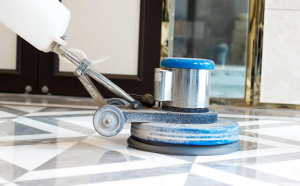
Steps / Process
Here’s the typical sequence of steps in marble polishing:
Step | Description |
Inspection & cleaning | Remove dirt, stains, residues; check damage. Use pH-neutral cleaners so you don’t etch the surface further. |
Grinding / Flattening | If surface uneven or with deep scratches, use coarse abrasive or diamond grinding pads to level surface and remove damaged layer. |
Honing | After coarse grinding, hone with finer abrasives to smooth surface, remove minor scratches. This gives a semi-polished, matte to satin look (but not full gloss). |
Polishing | Use yet finer abrasives / polishing pads, sometimes polishing compounds or powders. This step is for the final glossy shine. |
Benefits of Marble Polishing
- Restores the shine / aesthetic appeal of the marble surface; makes floors etc. look fresh and more attractive.
- Removes scratches, etches, dull or worn-out patches. Helps hide imperfections.
- Makes the marble easier to clean and maintain. Because the surface is smoother, less dirt, grime, moisture settle in crevices.
- Protecting the marble from further damage (when sealing or crystallizing). Improves longevity.
“Roller-curtain cleaning” (or “roller curtain cleaning”) refers to the process of cleaning roller blinds / roller curtains — those window coverings that roll up/down on a roller. It’s a specialized service or method rather than just regular curtain washing, because roller blinds have mechanical parts, coatings, and often materials that need gentle handling.
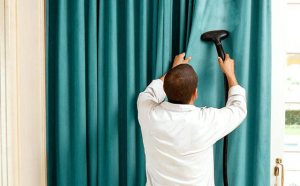
Why It’s Useful / Benefits
Keeps blinds looking clean & fresh; dust and dirt spoil the appearance and can degrade fabric over time.
Helps maintain functionality — if dirt builds up in the roller, mechanism may get stiff or break sooner.
Helps with hygiene — removes allergens, mould, odour etc.
Extends lifespan of blinds and saves money over frequent replacements.
